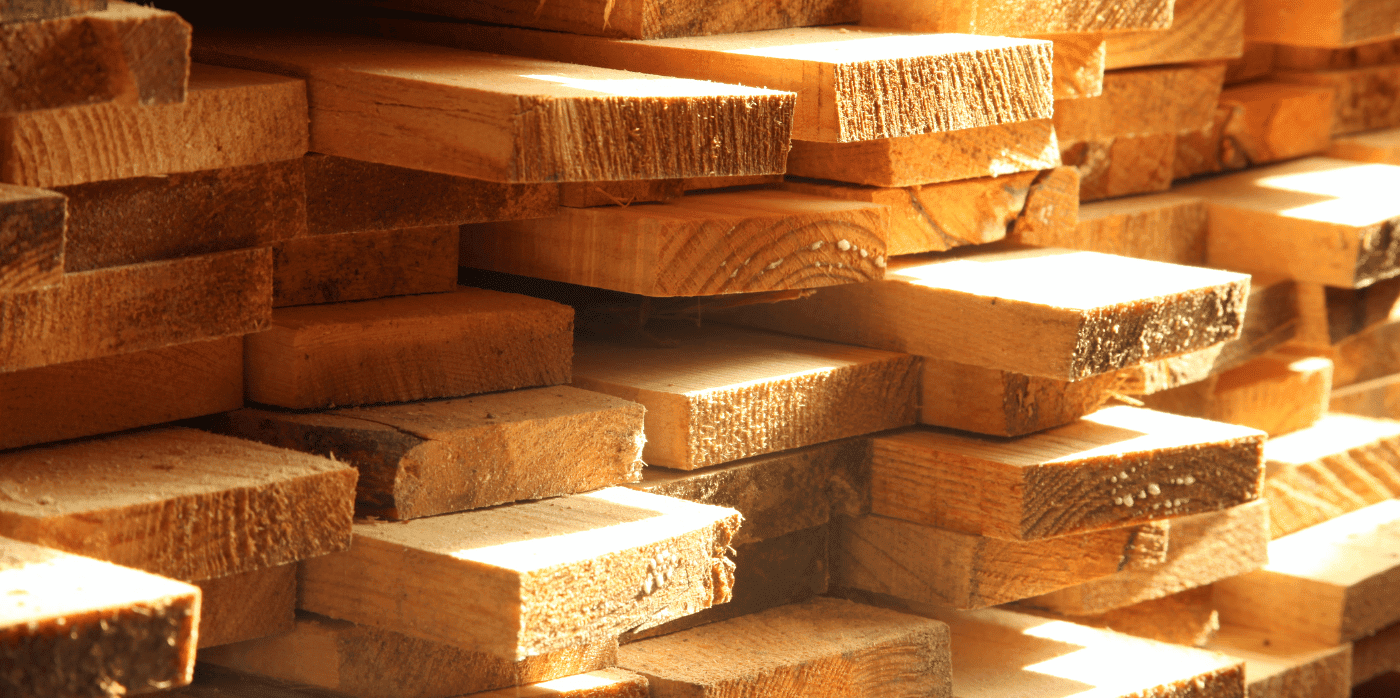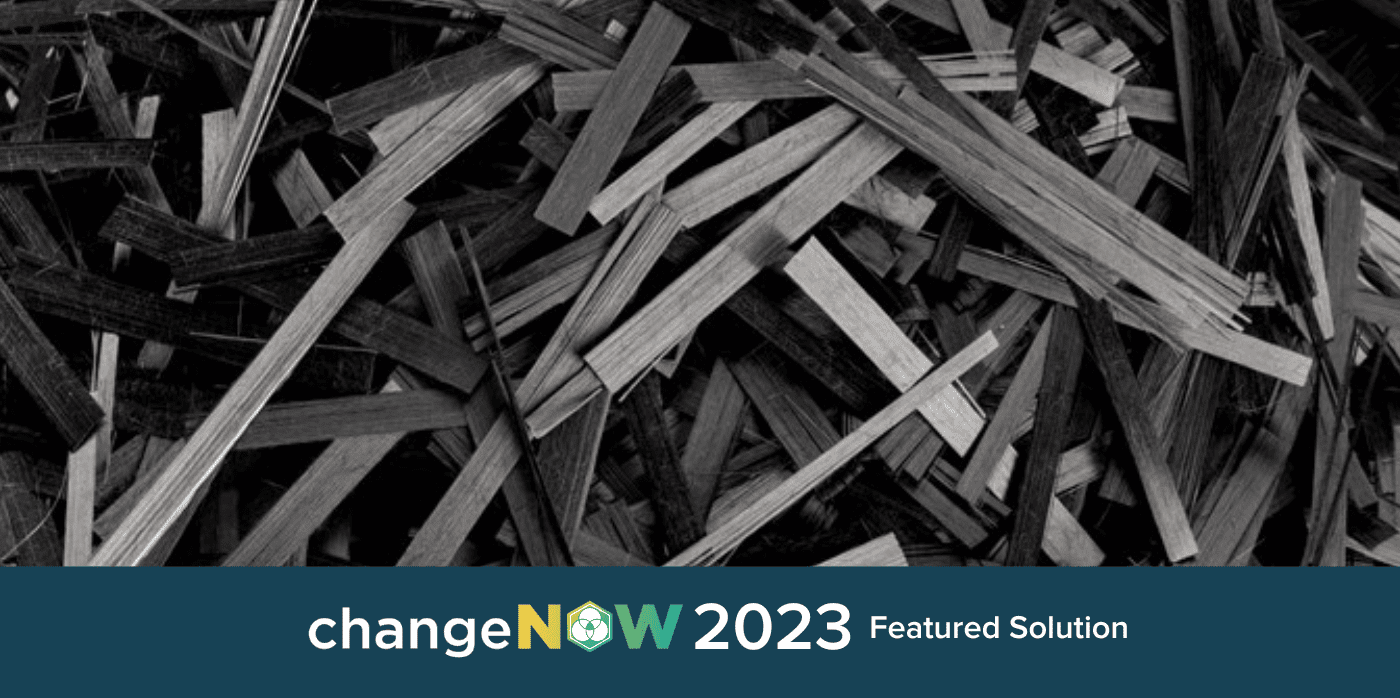A sustainable composite lumber made from waste materials

Spotted: Imagine the ability to transform millions of tonnes of rubbish into useful materials, without any onerous sorting and cleaning processes. Waste technology company Ecogensus’ patented waste-derived lumber does just that. Using unsorted household waste, including organic material, the company’s Dynamic Organic Repolymerization (DOR) process creates sustainable, composite lumber strong enough to replace traditional building wood.
Called EGS-6, the composite lumber is structurally reinforced, and the company is continually researching ways to increase the material’s strength and load-bearing ability. As well as building materials, Ecogensus provides a suite of additional waste management solutions.
Introduced in 2023, the Rhino Recycling facility is a distributed hardware system that processes municipal solid waste. Available in a range of sizes, from 300 to 5,000 litres, the recycling facility handles everything from wastewater sludge to organic food waste and unsorted solids.
As well as industrial recycling, Ecogensus also provides recycling as a service with its WeRecycle modules. The modules help upgrade current processing facilities and can work directly next to landfill sites for continuous energy and material production. A platform for monitoring sustainability goals and waste management, along with bioenergy fuel and home décor and furniture lines, are also part of Ecogensus’ broad range of products and services that help put municipal solid waste to good use.
From artificial intelligence (AI) food waste management to river waste collection, Springwise has spotted a variety of examples of innovations in the archive seeking to find alternative uses for rubbish.
Written By: Keely Khoury



